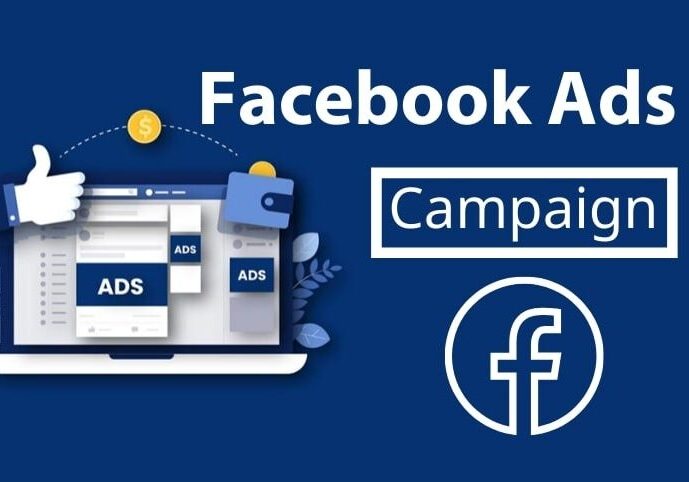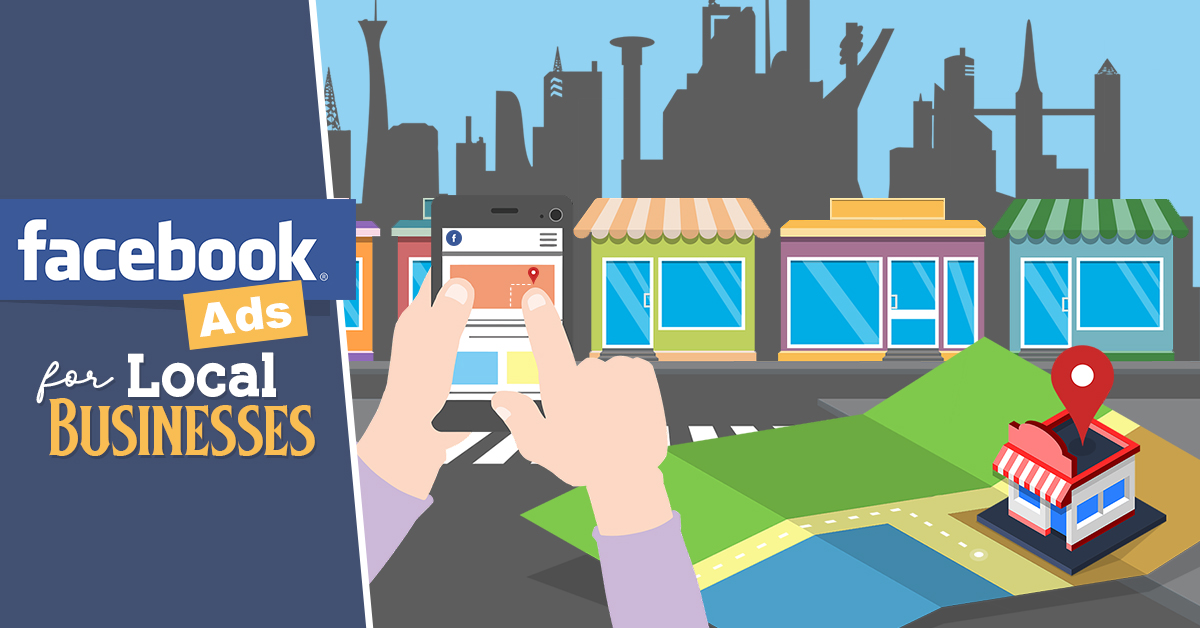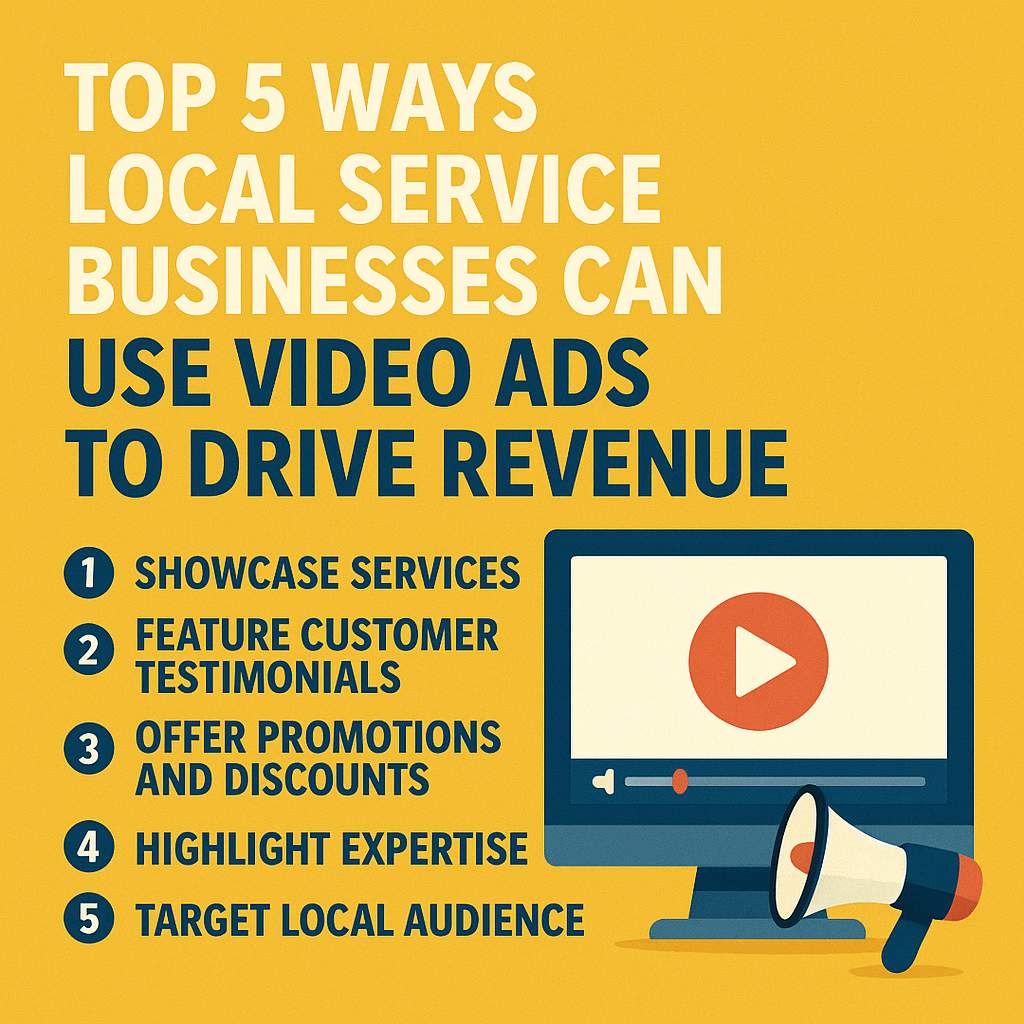In such a rapid-speed internet society, it is no longer a choice to be seen in the place where your customers can be seen the most; it is mandatory. When it comes to local businesses, a focused and efficient social media plan is what will help get foot traffic, give more visibility, and keep you at the top of everyone’s mind in your local region.
The times have changed, where local SEO is all that is needed to make your business competitive. Although it remains an important practice, you should pair it with social media ads and what is known as content marketing, which is an absolute juggernaut of a strategy that attracts both positive exposure and positive profits.
In this step-by-step tutorial, we will deconstruct the steps you can follow to leverage social media platforms, thereby combining social media and local SEO best practices to drive local business growth.
The Ultimate Social Media Strategy Guide to Small Businesses
Chapter 1: Knowledge of Local Landscape
However, before we begin getting into tactics, it would be good to shed some light on what makes local businesses different in terms of digital marketing.
Marketing Challenges of Local Businesses:
- Narrow budgets for advertising
- Desire for geographically targeted reach
- Very competitive with directly related business enterprises
- Depend much on communal participation and image
- Local SEO involves social media as an inexpensive means of addressing all of these pain points.
Chapter 2: Setting the Foundation — Know Your Audience
Identify Your Ideal Local Customer
You must identify your audience before posting content or executing social media marketing. Ask:
- Where do they live and work?
- Which social media do they prefer?
- Video, review, story, etc., stuff they consume?
- Meta Audience Insights and Google Analytics provide local demographic data.
Create Customer Personas
Create two to three full client profiles to find and target local prospects. Along with age, gender, and income, profiles should include interests, values, and lifestyle. Consider how your firm can address problems on Facebook, Instagram, or TikTok. Knowing what motivates individuals may help you generate effective content and advertising. A persona is the cornerstone for focused marketing.
Chapter 3: Choosing the Right Platforms
Each social platform serves a different purpose. Here’s how to align them with your local business goals:
- Great for: Building community, reviews, events
- Strategy: Join and engage in local groups, use Facebook Events, and encourage check-ins
- Great for: Visual storytelling, influencer marketing
- Strategy: Use location tags, local hashtags, and highlight behind-the-scenes content
TikTok
- Great for: Viral reach, short-form video content
- Strategy: Create local challenges, feature customer stories, and show transformations
LinkedIn (for B2B)
- Great for: Professional networking, community leadership
- Strategy: Share industry insights, local partnerships, and employee highlights
Google Business Profile (GBP)
- Not technically a social media platform, but crucial for local SEO
- Strategy: Post weekly updates and photos, and get reviews to boost local visibility
Chapter 4: Integrating Social Media Ads with Local SEO
The magic comes when sponsored reach meets organic local search.
![]()
How Social Media Ads Help Local SEO?
- Branded Searches: People Google your business more after seeing your adverts.
- Drive Website Traffic: Ad clicks boost engagement and SEO.
Search algorithms identify local relationships; thus, location-based advertisements can boost local relevance.
Targeting the Right Audience
Advanced geo-targeting ensures your social media ads reach local audiences. Use zip codes, cities, or a radius surrounding your company to restrict your target region. You may also target local habits like recent visitors or business interactions. Use language options and regional device kinds to customize your advertising for more relevance and engagement. This accuracy helps you reach local high-intent clients.
Most Effective Ad Formats
- Carousel ads: Showcase numerous services or menu items.
- Video Ads: Tell stories or give tours in short movies.
- Story ads: Great for flash sales, limited-time discounts, and events.
Retargeting
Add the Facebook Pixel or other tracking technology to your website to efficiently retarget consumers. Find and reconnect with interested but inactive users with these tools. You may target visitors who didn’t convert, watched your videos without following your website, or clicked on an ad but didn’t buy. Tracking these behaviors allows you to focus ads to re-engage and advance customers.
Chapter 5: Creating Content that Converts Locally
Product promotion should not be enough. Your content should be appealing to your local people.
Workable Content Types Text Content: Text is the most basic form of content or text. It is used when there is a need to remember the information. Authoritative Content: Authoritative content is written when there is a need to remember the information.
- Local Events: Post photos, organize live streams, or collaborate with event organizers.
- User-generated Content (UGC): Ask customers who like you to tag your location and post.
- Behind-the-Scenes: Demystify your brand by displaying your staff, workplace, or procedure.
- Educational Posts: Post tips pertaining to the areas of your services—local cleaning tips, seasonal how-to posts.
- Local Giveaways: Partner with other companies on co-branded drawings.
Posting Schedule
- Adherence to an assortment of formats:
- 3-5 feed posts per week
- Daily Stories
- 1-2 TikToks/week (reels)
- Live Q&A or behind-the-scenes/month
Automate through scheduling applications such as Buffer, Hootsuite, or Meta Business Suite.
Chapter 6: Leveraging Reviews and Reputation
Online reviews are a cornerstone of local SEO and your social presence.
Strategies to Encourage Reviews
- Ask customers at checkout to leave a review
- Incentivize reviews (e.g., a discount or freebie)
- Use email follow-ups post-purchase
Share Reviews as Social Proof
- Create graphics with quotes from 5-star reviews
- Tag the reviewer (with permission)
- Link back to your Google Business Profile
This builds credibility and encourages others to try your business.
Chapter 7: Measuring Results That Matter
Success isn’t just about likes or shares—it’s about growth.
Key Metrics to Track
From Social Media Ads:
- Cost per click (CPC)
- Click-through rate (CTR)
- Conversion rate
- Reach and frequency
- Ad recall
From Local SEO:
On the local SEO front, it is also possible to identify some of the major metrics through which your business can tell how well it is reaching the local audience. These consist of Google Search impressions that display how frequently your business can be observed within local search, as well as the count of calls or direction requests that have been set up via your Google Business Profile (GBP), which displays the interest and engagement of the user.
Also, monitoring the number of reviews and their dynamics in quantity and on average can show you something about your image and customer satisfaction. Using a local keywords ranking tracking tool will tell you the extent to which your site ranks well against geographically specific search terms, whereas looking at geographical traffic of the websites, you will see the number of people visiting your site by geographical location, as well as discover how effective your site content is attracting online traffic within your service region.
Tools for Measurement
- Meta Ads Manager
- Google Analytics
- Google Search Console
- BrightLocal (for local SEO reporting)
- SEMrush or Ahrefs (for tracking local keywords)
Create monthly reports to assess what’s working and where to optimize.
Chapter 8: Common Mistakes to Avoid
Even the best strategy can be undermined by avoidable errors.
Top Pitfalls:
- Posting without a plan: Random, inconsistent posts confuse your audience.
- Ignoring local trends: If there’s a community event or issue, speak on it.
- Overposting promotions: Constant selling repels more than it attracts.
- Not responding to comments or DMs: Engagement is a two-way street.
- Neglecting your Google Business Profile: It’s a critical local SEO asset.
Chapter 9: How to Scale Your Strategy
Scale your efforts when your plan works.
- Partner with Local Influencers: 2k–10k local micro-influencers have excellent engagement and cost less than large celebrities.
- Seasonal campaigns: Use holidays, school activities, and weather trends.
- Expand to New Locations: Localize content or accounts for each shop. Geo-specific advertisements and keywords need updating.
Chapter 10: Work with Experts to Maximize ROI
It can be a daunting task to manage all of that in-house, particularly when you have an operation, stock, and services to take care of.
This is where the Social Web comes in.
Why Social Web?
- Well-designed social media advertisements that will be precise in geo-targeting
- A successful history of local search engine optimization strategies to attract actual traffic
- Scalable plans and rates that are affordable and specific to small businesses and local ones as well
- Detailed monthly reporting, so you are fully in the know of what is working
- Individual consultation that keeps your strategy future-proof
At a cafe, gym, law office, salon, or shop, social web is the way to distinguish yourself among the plethora of data on the Internet.
Conclusion: Build Your Local Empire—One Post at a Time
Your local business has a powerful story. With the right combination of social media ads strategy and local SEO, you can make sure it’s heard loud and clear in your community—and beyond.
Stop wasting time on guesswork. Build a sustainable and scalable digital presence starting today.
Turn clicks into customers—get expert help from Social Web today!





